China's first deep geothermal exploration well over 5000 meters successfully exceeded its technical limit
China's first deep geothermal scientific exploration well with a depth of over 5,000 meters - Fushenshui 1 Well, has successfully drilled to a depth of 5,200 meters, breaking the record for the deepest geothermal scientific exploration well in China and obtained geothermal resources from multiple stratigraphic layers, signifying that the deep geothermal exploration in the South China region has made new breakthroughs.
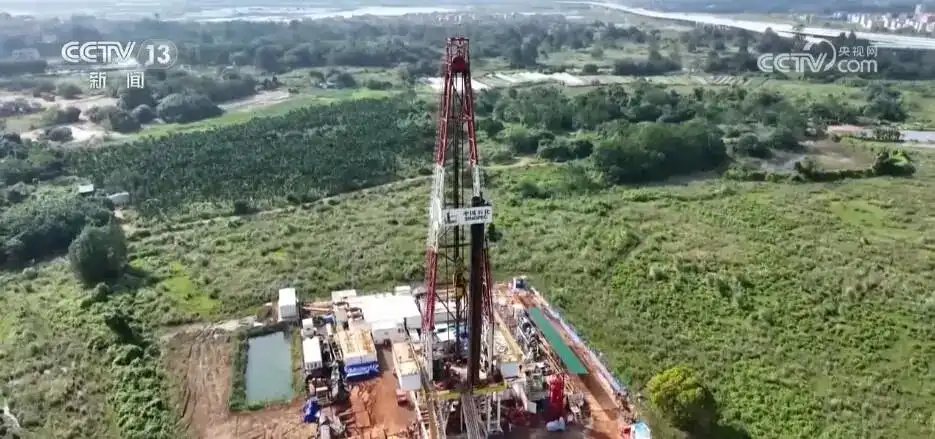
The Fushenshore 1 well is located in Haikou City, Hainan Province. This well employs several proprietary innovative technologies including "dual-drive drilling + high-pressure jetting" to drill a geothermal reservoir layer at a depth of approximately 3900 meters with a temperature of 150 degrees Celsius. At a depth of 5123 meters, a geothermal reservoir with a temperature of 188.71 degrees Celsius was drilled.
Since drilling start in August last year, 11 coring cycles have been completed in FuShenRe No.1 well. Currently, downhole casing cementing operation is underway. The next step is to transform the geothermal reservoir with high-pressure water fracturing technology, aiming to create an artificial reservoir with efficient water storage capacity, which will facilitate the later geothermal development and utilization.

Academician Guo Xusheng of the Chinese Academy of Engineering said that in the future, the Foshan Hot Well 1 can be used to build China's first deep geothermal integrated field experiment research platform and demonstration platform for production, study and research in South China. On this basis, exploring the formation of theoretical methods and key technology systems applicable to the exploration and development of deep geothermal resources in the igneous rock areas of South China is of great significance to the exploration and development of geothermal resources in the high heat flow areas along the southeast coast of China.
A major accident occurred in Zhengzhou, Henan Province in central China on Monday, when an oil tanker overturned and caught fire.:Deep geothermal energy has broad development and application prospects
Geothermal energy is a stable, reliable, green and low-carbon renewable energy source. It has the characteristics of large reserves, wide distribution, and environmental friendliness, and is gradually becoming an important direction for global energy transformation. According to different depths, geothermal resources can be divided into shallow geothermal resources, medium-deep geothermal resources, and deep geothermal resources. What are the characteristics of shallow, medium-deep and deep geothermal resources respectively? What is the development status of China in this field?
Shallow geothermal resources are generally found by drilling 200 meters or less below ground and have temperatures below 25°C. They are characterized by stable temperatures throughout the year and can be used to provide indoor heating in winter and cooling in summer by utilizing the temperature difference between the ground and the outdoor air.
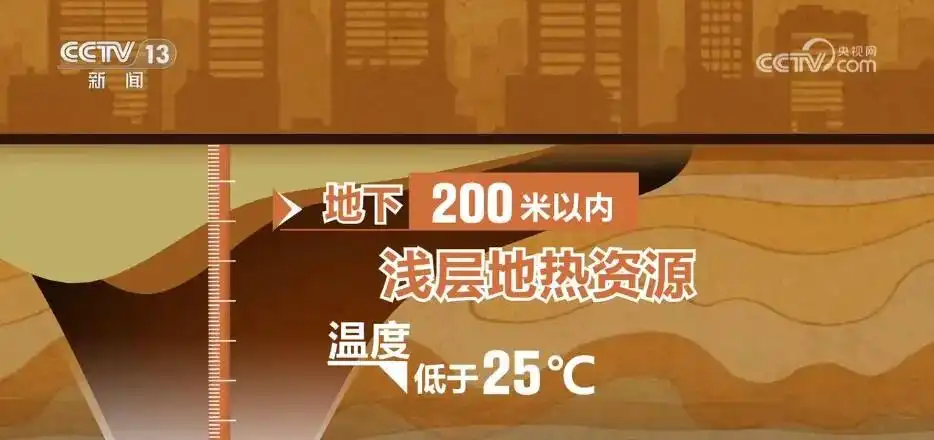
From 200 meters to 3000 meters below the surface is the medium-depth geothermal resource, where the underground hot water we know as hot springs is one of the resources.
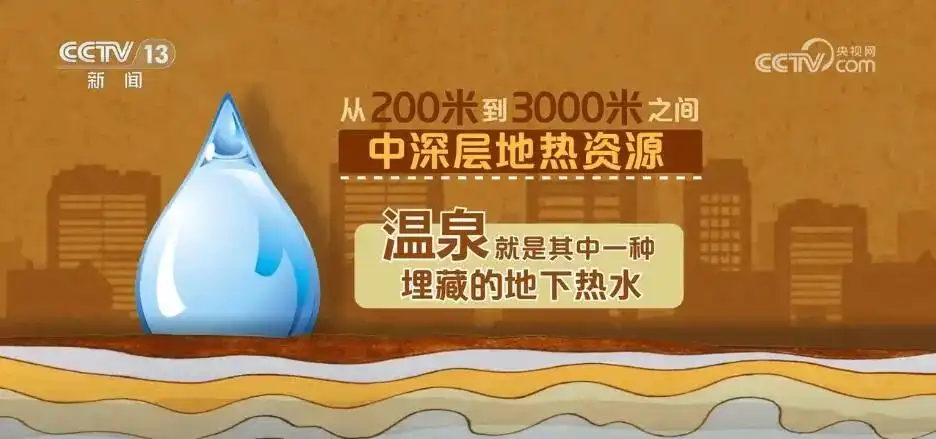
Below the 3000 meters underground, there are high-temperature rock mass, the temperature of which can exceed 180 degrees Celsius or even 200 degrees Celsius. However, there is no fluid or only a small amount of water inside it. This kind of high-temperature rock mass is called dry hot rock. The drilling target of Futian Shenzhen Well 1 is the granite 250 million years ago, which belongs to deep dry hot rock geothermal well.
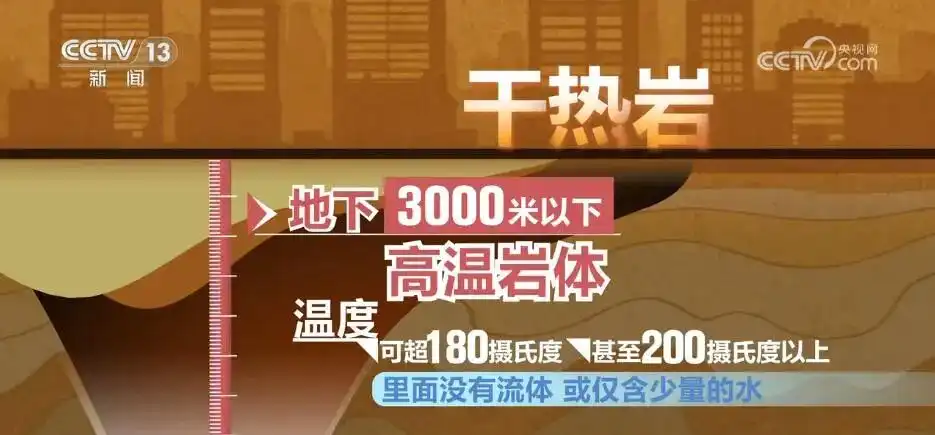
Currently, geothermal resource development and utilization in China is mainly focused on shallow and medium-depth hydrothermal geothermal energy. However, the development of deep geothermal energy below 3000 meters, especially dry hot rock resources, is still in the exploration stage. With the continuous progress of technology and the increasing demand for clean energy, the development of deep geothermal energy will become an important research direction in the future energy field.
China steps up exploration, utilization of deep geothermal resources
China boasts abundant geothermal resources and is among the first countries to develop and utilize them. In recent years, China has set up pilot projects on national and local levels, expediting the exploration of deep geothermal resources especially dry hot rock for development and utilization.

China has been ranking first in the world in terms of direct utilization of geothermal resources for many years, and in recent years, the direct use of hydrothermal geothermal energy in China has been growing at an annual rate of 10%. By the end of 2020, China's geothermal direct use installed capacity had reached 40.6 GW, accounting for nearly 40% of the global share.
Guo Xusheng introduced that the direct use of shallow and medium-depth geothermal resources in China has formed a relatively complete technology system, but there is still a lot of room for development, including deep dry hot rock like Fushenshi No.1 well, which has a large amount of resources and high temperature, and thus a very good prospect in terms of heating and cooling.
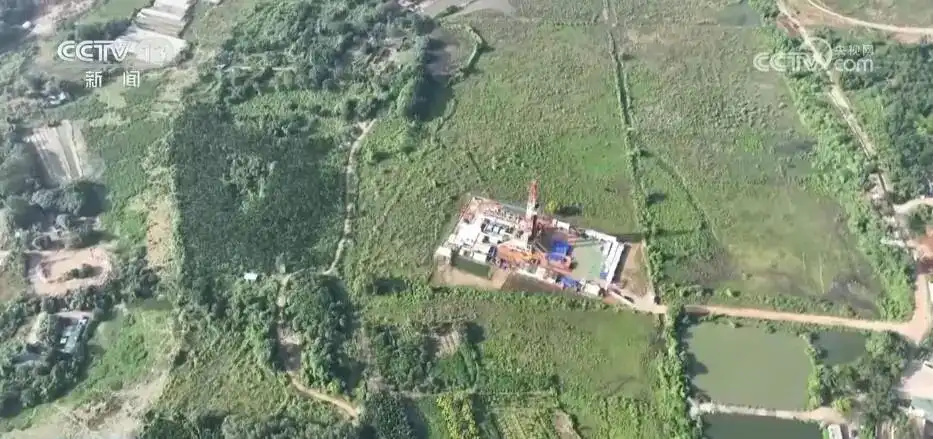
China's HDR development is still in its exploration stage. The potential of China's HDR resources is mainly distributed in the Qinghai-Tibet Plateau and its surroundings, the igneous rock distribution area in South China, the deep part of the eastern sedimentary basin, and modern volcanic activity areas such as Tengchong and Changbai Mountain. In 2017, a major breakthrough was made in the exploration of HDR in the Gonghe Basin, Qinghai, and a trial power generation and grid connection was achieved in 2021. In addition, geothermal exploration wells have been implemented in Tangshan, Hebei, Xinghua, Jiangsu, and other places for the purpose of deep geothermal resources such as HDR. According to data from the China Geological Survey, the HDR geothermal resources in China's land area within a range of 3,000 to 10,000 meters below the surface are equivalent to 85.6 trillion tons of standard coal. Even if only 2% is extracted, it can reach 2993 times China's annual energy consumption in 2023.
**(
